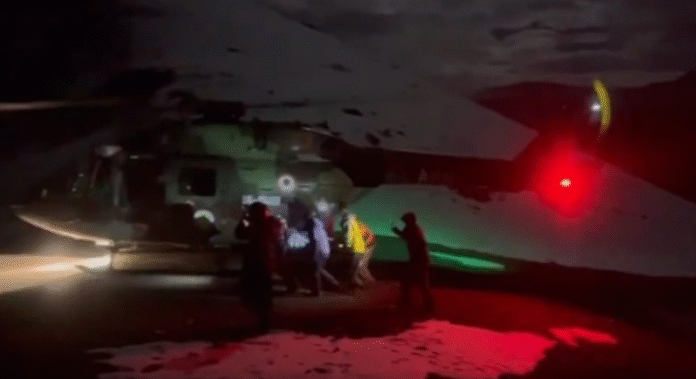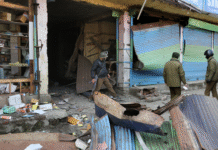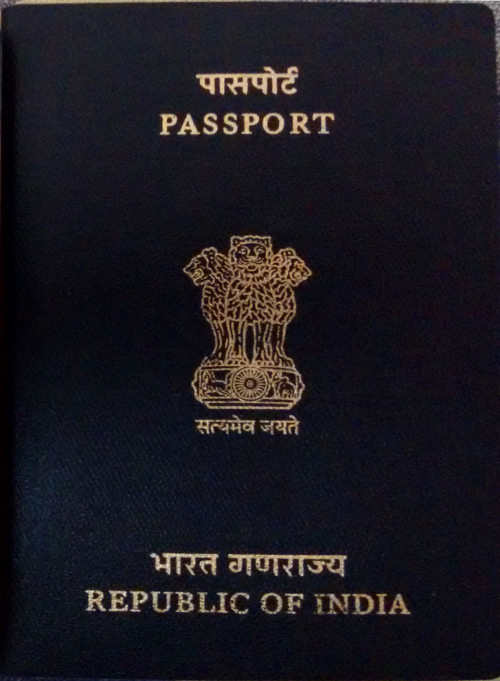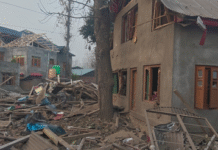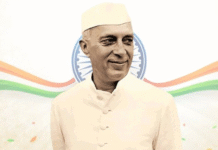NEW DELHI– In a daring late-night operation on September 4, the Indian Army Aviation wing carried out a high-altitude casualty evacuation to rescue two South Korean nationals stranded at Kongmaru La Pass in Ladakh, more than 17,000 feet above sea level.
At 8:05 p.m., the Army received an urgent request to evacuate Hyun Woo Kim and his wife, who were trapped in the snowbound mountain pass. By 8:20 p.m., an Army Aviation helicopter squadron had been mobilized for the mission.
The task demanded a precision landing using Night Vision Goggles (NVG) at an unprepared helipad — a maneuver that required extraordinary skill given the razor-sharp ridgelines, icy winds, and near-zero margin for error. Despite the treacherous conditions, the pilots touched down safely at around 9:15 p.m.
The couple was swiftly airlifted to safety and handed over to medical teams for immediate care.
Army officials said the operation showcased the professionalism, training, and coordination of the squadron, describing it as a “textbook display of courage” under extreme duress. The successful extraction reaffirmed the Army’s operational capabilities in high-altitude regions while also carrying a strong humanitarian message of aiding foreign nationals in distress.
The mission adds to the Army Aviation wing’s long record of high-risk rescues in some of the world’s most unforgiving terrains. While its primary role is border defense and combat readiness, the Indian Army is also among the first responders when civilians are stranded, regardless of nationality.
The Ladakh operation comes as northern India faces widespread flooding in states including Uttarakhand, Punjab, Himachal Pradesh, and Jammu & Kashmir. The Army has been providing vital humanitarian assistance, from delivering food by helicopters and drones to evacuating people and offering medical support. (Source: IANS)


